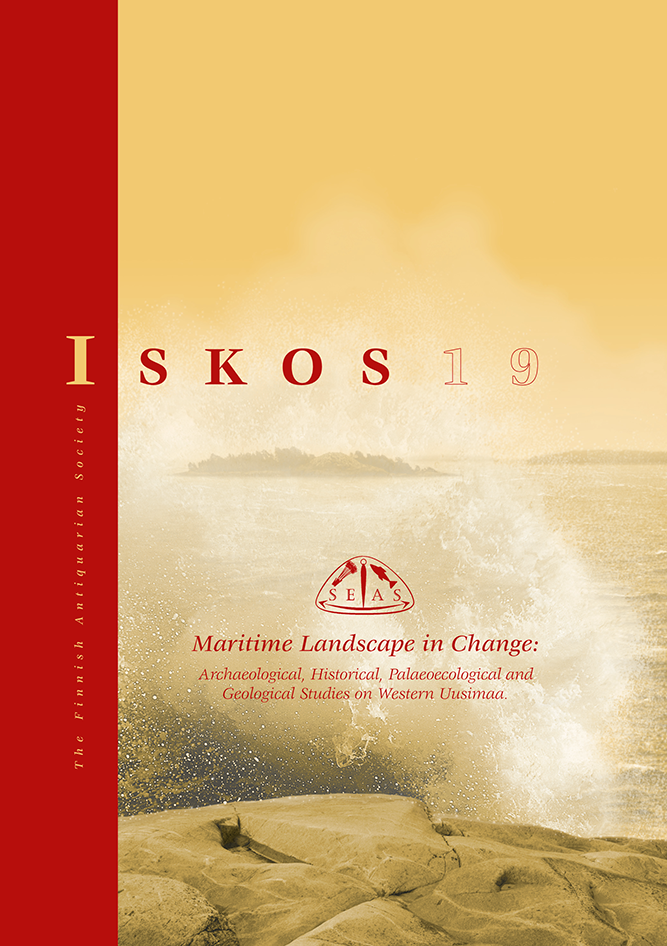The Finnish Archipelago Coast from AD 500 to 1550 - a Zone of Interaction
Keywords:
Finland, Iron Age, Middle Ages, arhcipelago, settlement studies, nationalism, history, culture, wilderness, borderlandsAbstract
New archaeological, historical, paleoecological and onomastic evidence indicates Iron Age settlement on the archipelago coast of Uusimaa, a region which tradiationally has been perceived as desolated during the Iron Age. This view, which has pertained to large parts of the archipelago coast, can be tracked back to the early period on field arhcaeology, when an initial conception of the archipelago as an unsettled and insignificant territory took form.
Over time, the idea has been rendered possible by the unbalance between the archaeological evidence and the written sources, the predominant trend of archaeology towards the mainland (the terrestical paradigm), and the history culture of wilderness. Wilderness was an important platform for the nationalistic constructions of early Finnishness. The thesis about the Iron Age archipelago as an untouched no-man's land was a history politically convenient tacit agreement between the Finnish- and the Swedish-minded scholars. It can be seen as a part of the post-war demand for a common view of history.
A geographical model of the present-day archaeological, historical and palaeoecological evidence of the arhcipelago coast is suggested.




